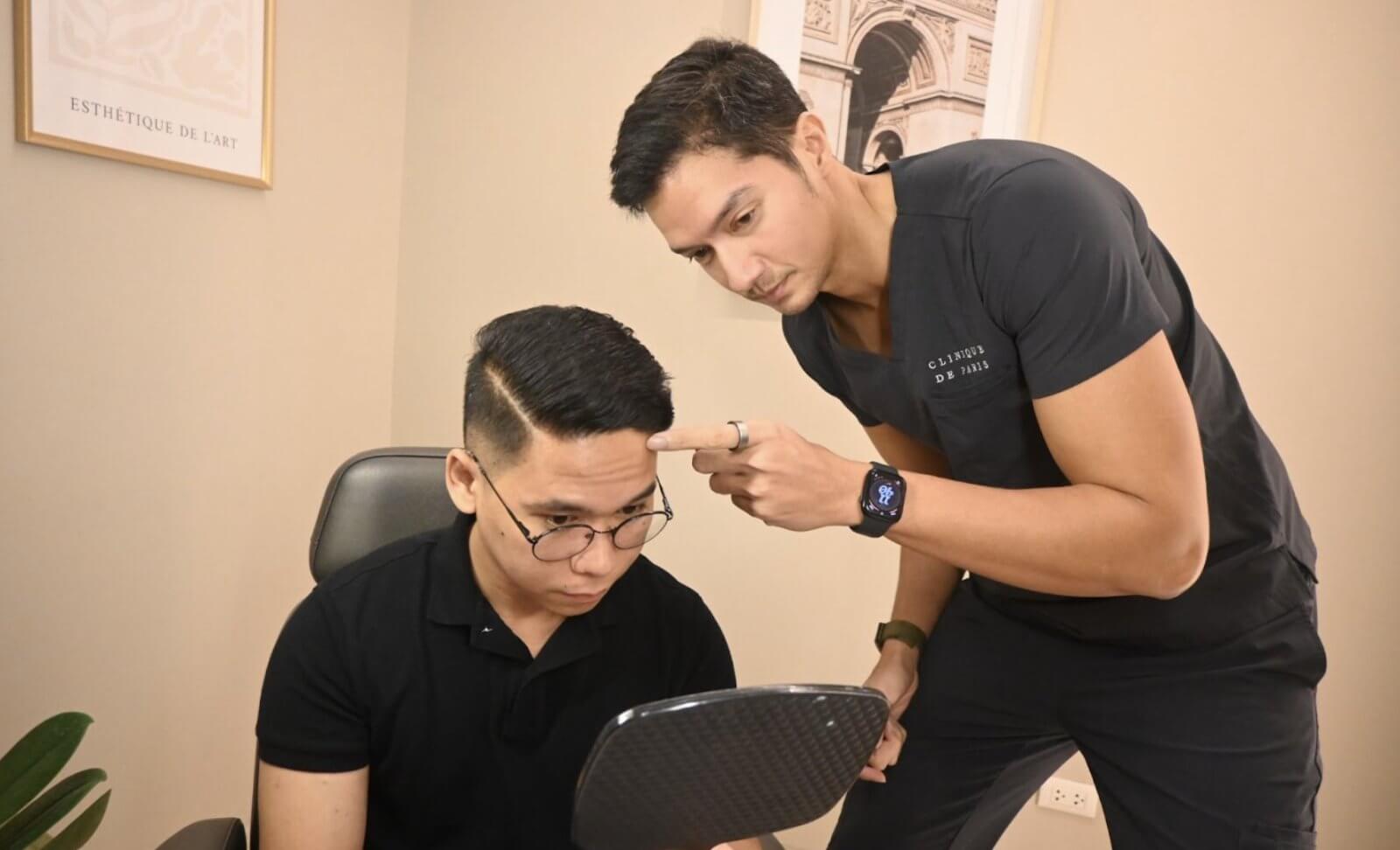by Johanna Patricia A. Cañal, MD, MHA, MSc
Vaccine is the buzzword. The whole world is waiting for a vaccine against COVID-19. It will make the world feel “normal” again. But, why are we pinning our hopes on this?
The COVID pandemic has made it plain to see that viruses are difficult to fight. The best strategy seems to be to prevent it from happening in the first place. This is where vaccines come in.
What do vaccines do to the body anyway? To answer this, we will have to explain what happens in a viral infection. Did you have chickenpox as a child? Yes? Those infernally itchy, fluid filled little vesicles that you can’t scratch coz they’ll scar forever. I know. I have some of those scars. But, once you’ve had it, you’re not supposed to get it ever again. This is because that one-time childhood chickenpox infection incited an immune response in your body. It “memorized” the proteins of that chickenpox virus and produced antibodies against it. Then, every time you are exposed to chickenpox, your body calls up these antibodies—just like an army—to fight the chickenpox again and again. Thus, we only have chickenpox once in our lives.
Vaccines are designed to do just that—incite an immune response in your body so that your body will produce the right antibody. Vaccines are made of either dead virus particles, attenuated (weakened) virus particles, virus protein fragments or even the toxin produced by the virus. These parts of viruses are used to make the vaccine and administered to a healthy individual. This should spur our bodies to produce antibodies which will ultimately fight off any future viral infection.
Sounds simple, right?
Not quite.
The immune response should be Goldilocks—just right. Can’t be too weak that no antibodies are formed and can’t be too strong that the antibodies will kill off the person. The side effect profile has to be acceptable—just a little fever or a little pain at the injection site. The cost of the vaccine can’t be horribly high either, otherwise, what was the point?
Thus, making a vaccine takes some time and usually a lot of money. In the meantime, we wait… and pray that the scientists who are making the COVID vaccine work as fast as they can.
Hello!
This short article is part of a series of articles that is designed to make health care more understandable to non-doctors.
As a way of disclosure, I am a radiologist and a radiation oncologist. My strengths, therefore, are diagnosing illness, particularly cancer, and cancer treatment. Thus, I will be talking about medical tests and what these are about.
I shall also be talking about the dreaded disease, cancer. In the 2nd decade of the 21st century, cancer is the #4 cause of death worldwide. NUMBER 4! It used to be #10. It has obviously been going up. The number 1 and 2 killers are cardiovascular diseases…translated into heart attacks and strokes. Number 3 is pneumonias and lung diseases.
The previous century was known as the century of infectious diseases. The most common causes of disease and death were bacterial and viral pneumonia and tuberculosis. The present century is the century of the lifestyle disease. That is, infections don’t play as big a part as lifestyle diseases. What are those? Heart disease, strokes, cancers and injuries/accidents.
But then again, the 21st century has just started, and we already have a pandemic. One never knows what will happen in the next 10, 20 or 30 years. Thus, this series will discuss a range of topics, hopefully the topics most relevant to you.
If there is a topic that you want clarified, please do drop me an e-mail at [email protected]. Please just fill in the subject line with: [SULIT] Your question

























